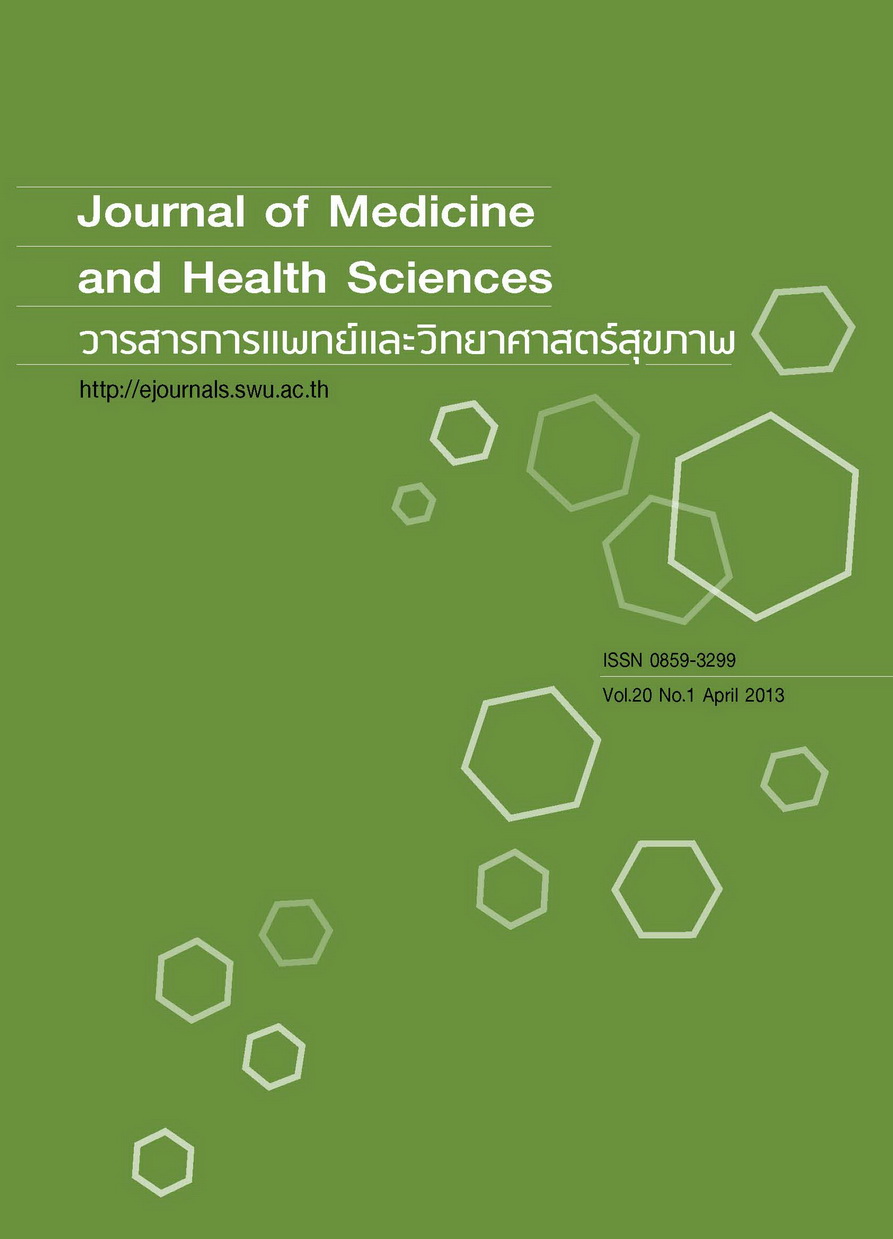Loop-mediated Isothermal Amplification (LAMP) technique for the detection of Mycobacterium tuberculosis complex
Keywords:
Tuberculosis, Turbidimetry, ColorimetryAbstract
Tuberculosis is an airborne disease caused by Mycobacterium tuberculosis and is a public health problem of this country, ranking as the second leading cause of death from worldwide infectious diseases. The laboratory diagnosis takes about 1-2 months by culture as the gold standard method, which may affect the treatment of patients. Polymerase Chain Reaction (PCR) is another method, used for the detection of M. tuberculosis, but this amplification process requires 3-4 hours, high precision and expensive tools. However, the development of a rapid and timely diagnosis is essential for treatment planning, control and preventing the spread of this disease. Recently, a Loop-mediated isothermal amplification (LAMP) technique has been developed which can amplify DNA to 109 in less than 1 hour under a constant temperature. This technique uses 4 or 6 primers recognizing 6 distinct regions of the target DNA template, which is a high specific detection. In the LAMP reaction, the pyrophosphate ion, which was released during DNA synthesis, binds with the magnesium ion as a white precipitate of magnesium pyrophosphate formation. It can be seen with the naked eye, confirmed with spectrophotometry, or fluorescent compound. This technique is a molecular biology technique that has been successfully implemented in the detection of M. tuberculosis in clinical specimens. This technique has several advantages, such as rapidity, high sensitivity, and ease of application. Therefore, this technique is expected to be widely used. This report will describe the LAMP technique and all of the available information on its implementation in the detection of M. tuberculosis in clinical specimens.Downloads
Published
2013-10-05
Issue
Section
Review Article


